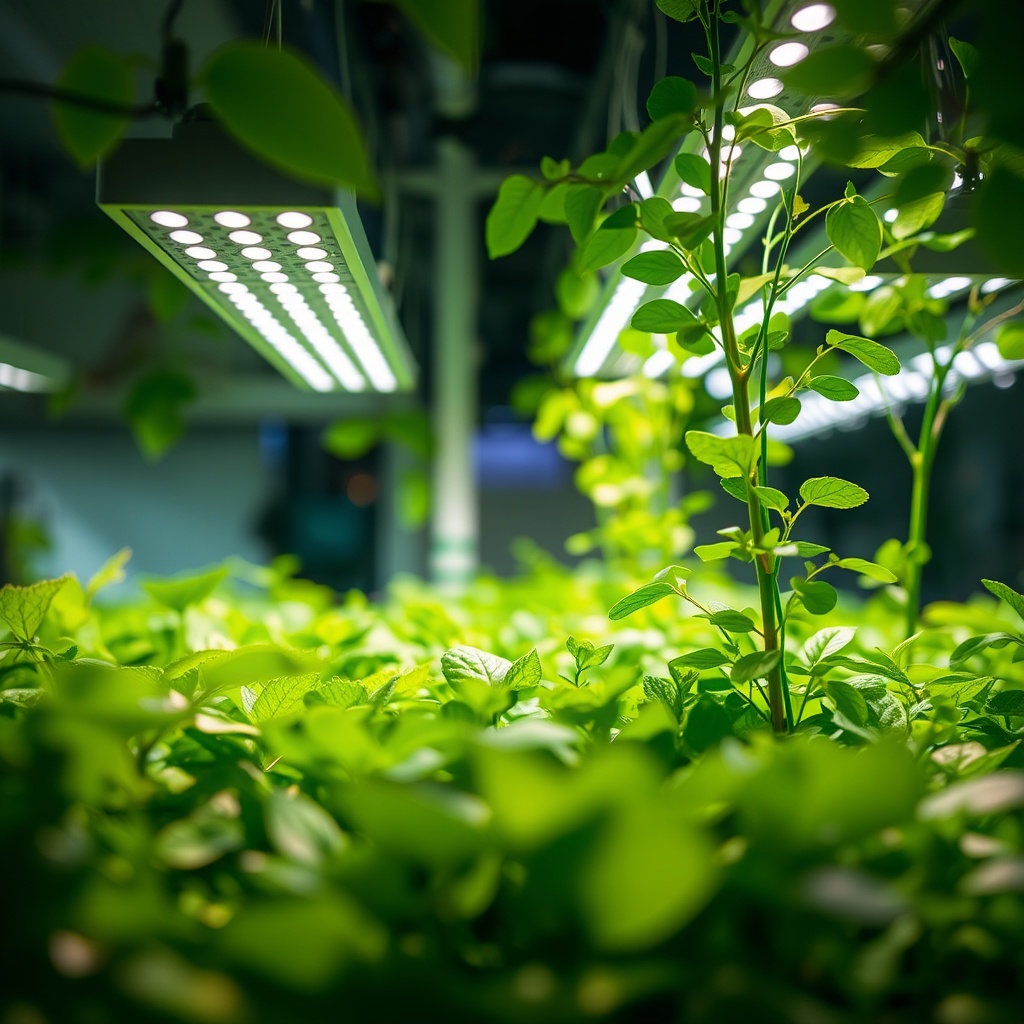Understanding the Threat of Root Rot

Root rot is one of the most dreaded issues in hydroponic gardening. This insidious condition can swiftly turn your lush, green garden into a wilted disaster. But fear not! With the right knowledge and preventive measures, you can safeguard your plants from this lurking menace. By understanding the causes and symptoms of root rot, you can take proactive steps to ensure your hydroponic system thrives.
Best Practices for Prevention

Preventing root rot requires vigilance and a bit of know-how. Here are some tried-and-true practices that every hydroponic gardener should follow:
- Maintain Proper pH Levels: Regularly check and adjust the pH of your nutrient solution. Ideal pH levels for most plants range between 5.5 and 6.5. Unstable pH can stress plants and make them more susceptible to root rot.
- Ensure Adequate Oxygenation: Roots need oxygen to thrive. Using air stones or pumps can help keep the oxygen levels high in your nutrient solution.
- Monitor Water Temperature: Root rot fungi flourish in warmer temperatures. Keeping your water temperature below 70°F (21°C) can deter their growth.
- Practice Good Hygiene: Regularly clean your hydroponic system and tools to minimize the risk of fungal spores spreading.
- Choose Resistant Plant Varieties: Some plants naturally resist root rot. Opting for these varieties can give you an extra layer of protection.
Signs Your Plants Might Be in Trouble
Despite your best efforts, root rot can still rear its ugly head. Thankfully, early detection can save your plants from total collapse. Here are some warning signs to watch for:
- Wilting Leaves: Even with adequate water, leaves may droop and appear lifeless.
- Dark, Mushy Roots: Healthy roots should be white or light tan. If they appear black and mushy, it’s a clear sign of rot.
- Foul Odors: A sour smell coming from your hydroponic system often indicates decaying roots.




